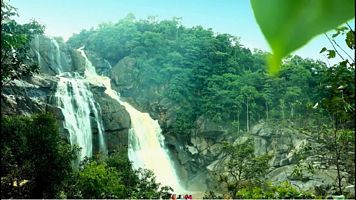Koderma Tourism
Search related to Jharkhand Tourism

Koderma is a district in the Indian state of Jharkhand. It is located in the north-western part of the state and covers an area of 2,660 square kilometers. The district is bounded by the districts of Hazaribagh to the south, Giridih to the east, Nawada and Gaya to the north, and Aurangabad and Palamu to the west. The district headquarters is located in Koderma town.
History
The history of Koderma can be traced back to ancient times. The district was once a part of the Magadha Empire and later the Mauryan Empire. During the medieval period, the district was ruled by various dynasties, including the Palas, the Senas, and the Mughals. In the 18th century, the district came under the control of the British East India Company.
Geography
Koderma is situated on the Chhotanagpur Plateau, which is a part of the larger Deccan Plateau. The district is characterized by rugged terrain and numerous hills and valleys. The district is located at an elevation of about 400 meters above sea level. The district is drained by the rivers Barakar, Sakri, and Tilaiya.
Demographics
According to the 2011 Census of India, Koderma district has a population of 716,259. The district has a literacy rate of 67.57%. The majority of the population is engaged in agriculture and related activities. The district is home to various tribes, including the Santals, Oraons, and Mundas.
Economy
The economy of Koderma is primarily based on agriculture. The district is known for its production of pulses, wheat, and maize. The district is also rich in mineral resources, including mica, bauxite, and limestone. The Koderma mica belt is one of the largest in the world. The district is also known for its handloom industry, which produces sarees and dhotis.
Culture
Koderma has a rich cultural heritage. The district is home to various tribes, each with their unique traditions and customs. The festivals of Holi, Diwali, and Dussehra are celebrated with great enthusiasm in the district. The district is also known for its music and dance forms, including the Santhali dance and the Jhumair dance.
Tourism
Koderma has several tourist attractions that attract visitors from all over India. The Tilaiya Dam, located on the Barakar River, is a popular tourist spot. The dam offers breathtaking views of the surrounding hills and valleys. The Jain Temples at Parasnath are another popular attraction. The temples are located on the Parasnath Hill, which is considered a sacred site by Jains. The district is also home to several waterfalls, including the Koderma Falls, which is a popular picnic spot. The district also has several historical sites, including the Jagannath Temple, which was built in the 17th century.
- State :
- Jharkhand
How to Reach Koderma
Complete List of Tehsils in Koderma District, Jharkhand
| S.No | Tehsil / Taluk Name | District Name | State Name |
|---|---|---|---|
| 1 | Barkatha | Koderma | Jharkhand |
| 2 | Barkhatha | Koderma | Jharkhand |
| 3 | Chandwara | Koderma | Jharkhand |
| 4 | Jainagar | Koderma | Jharkhand |
| 5 | Karma | Koderma | Jharkhand |
| 6 | Kodarma | Koderma | Jharkhand |
| 7 | Koderma | Koderma | Jharkhand |
| 8 | Markach | Koderma | Jharkhand |
| 9 | Markacho | Koderma | Jharkhand |
Discover Exciting Places to Visit in Agra, Uttar Pradesh - Your Ultimate Travel Guide
Are you ready to explore the wonders of Agra, Uttar Pradesh? From the majestic Taj Mahal to hidden gems waiting to be discovered, our travel guide unveils the most captivating
Explore Exciting Places to Visit in Mumbai, Maharashtra - Your Ultimate Travel Guide
Ready for an adventure? Mumbai, in the beautiful state of Maharashtra, is packed with amazing places waiting to be explored! From iconic landmarks to hidden gems, Mumbai has something for
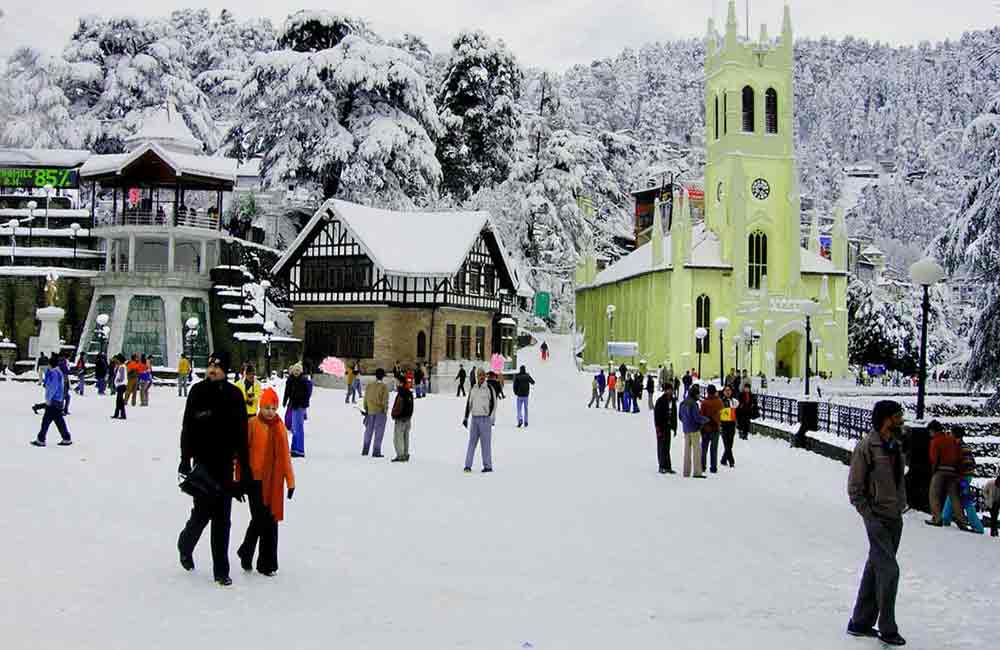
Explore the Wonderful Places to Visit in Manali, Himachal Pradesh - Your Ultimate Guide!
Ready for an exciting adventure? Discover the places to visit in Manali, Himachal Pradesh! From snowy mountains to lush valleys, there's something for everyone. Plan your trip now and explore
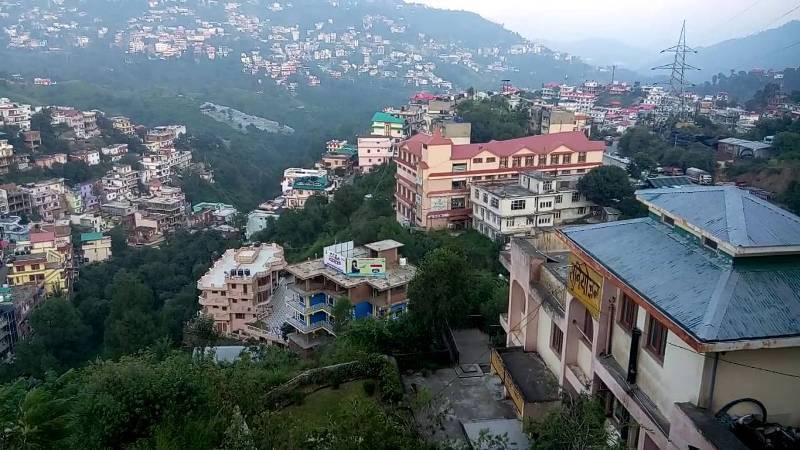
Places to Visit in Solan Himachal Pradesh - Explore the Best Tourist Spots
Discover the enchanting beauty of Solan Himachal Pradesh by exploring its myriad tourist spots. Whether you're seeking adventure or tranquility, Solan has something for everyone. From lush green valleys to
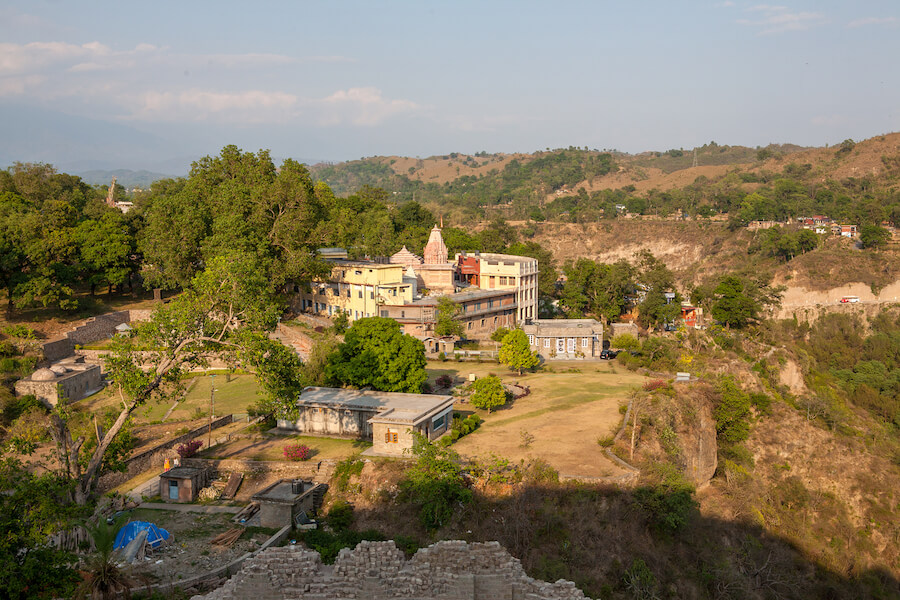
Discover the Best Places to Visit in Kangra, Himachal Pradesh: A Traveler's Guide
Ready for an exciting journey? Kangra, Himachal Pradesh welcomes you with open arms! Explore ancient temples, lush landscapes, and more in this enchanting valley. Let's uncover the best places to
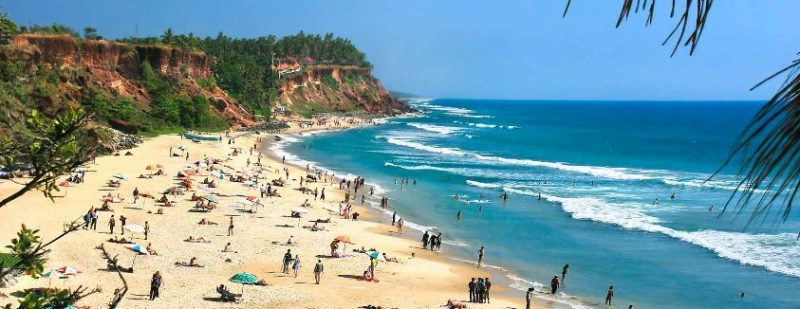
Explore Incredible Places to Visit in Varkala, Kerala: A Guide
Are you ready for an adventure? Varkala in Kerala is waiting for you! Discover the magic of this beautiful place with our guide to the best places to visit. From
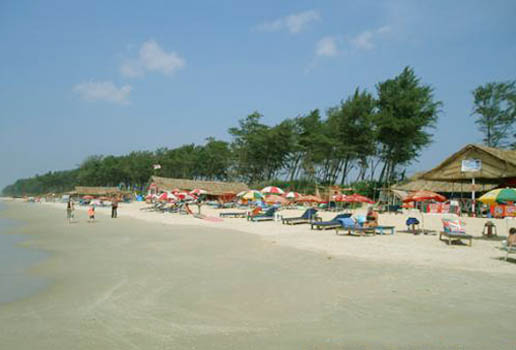
Explore Panaji, Goa: Discover the Best Places to Visit in the City
Ready for an adventure? Panaji, located in Goa, is packed with exciting places to visit. From ancient forts to picturesque beaches, there's never a dull moment in this lively city.
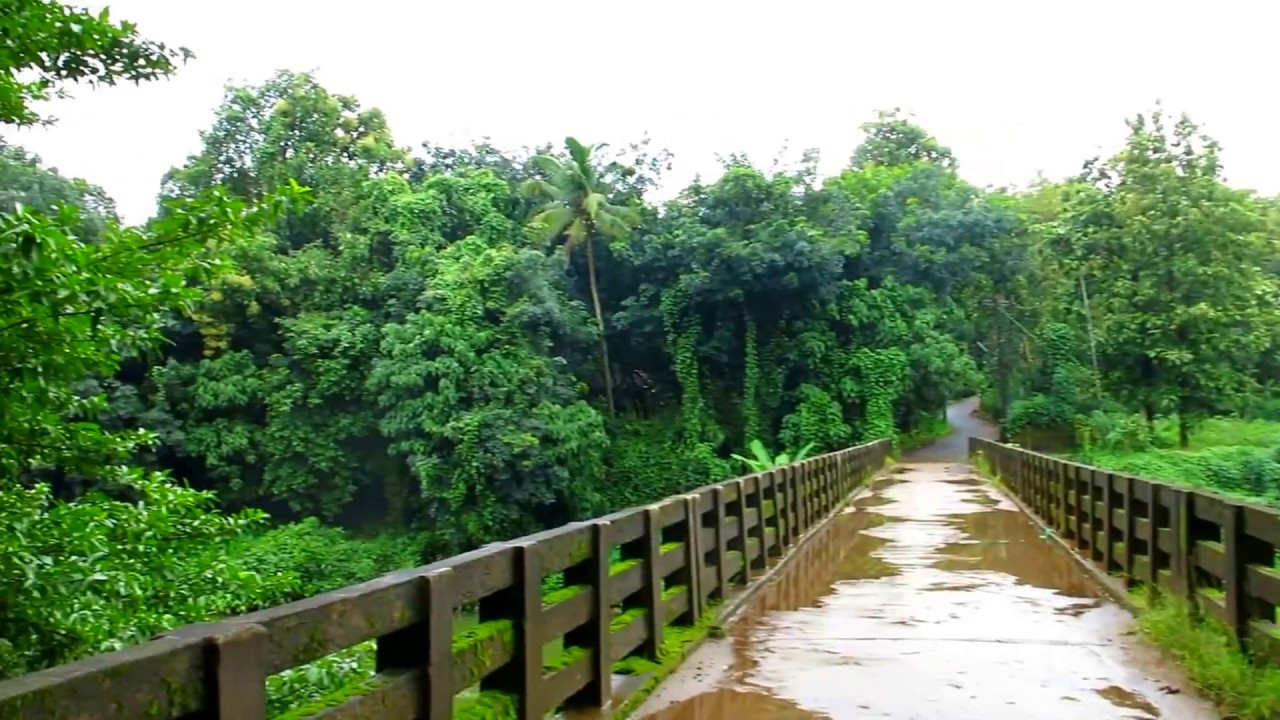
Explore the Best Places to Visit in Thrissur, Kerala – A Perfect Guide for Your Next Adventure!
Are you ready to explore Thrissur, Kerala? Get ready for an exciting journey through this vibrant city! Discover its rich history, stunning landmarks, and fascinating culture. With our guide to
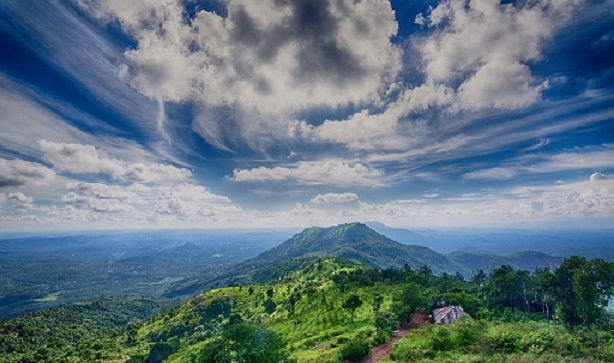
Explore the Best Places to Visit in Malappuram, Kerala - A Traveler's Guide
Dive into the beauty of Malappuram, Kerala with our ultimate travel guide! From picturesque beaches to fascinating historical sites, explore the best places to visit in Malappuram Kerala. Whether you're
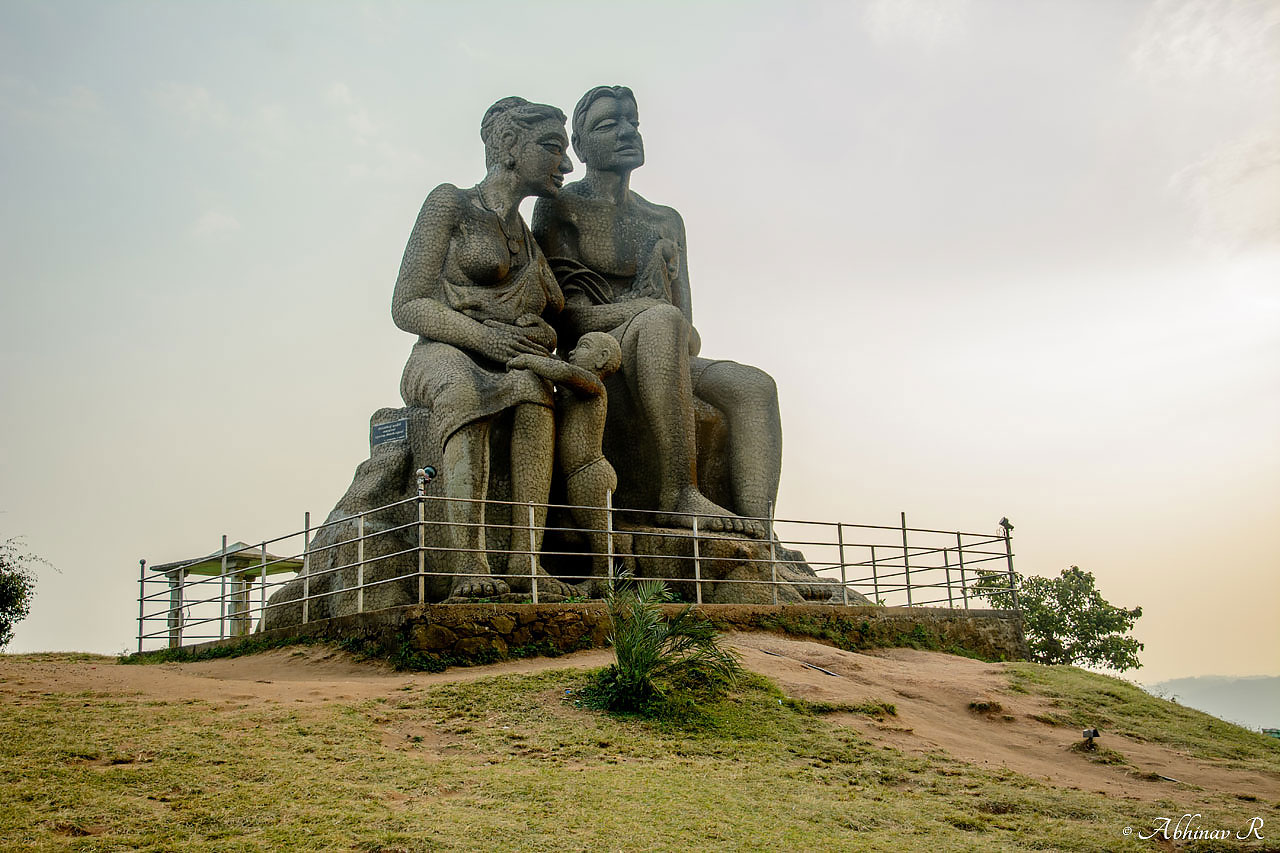
Explore the Best Places to Visit in Idukki, Kerala - A Traveler's Guide
Discover the mesmerizing beauty of Idukki, Kerala with our guide to the best places to visit. From breathtaking landscapes to serene lakes, explore the charm of this enchanting destination. Whether


